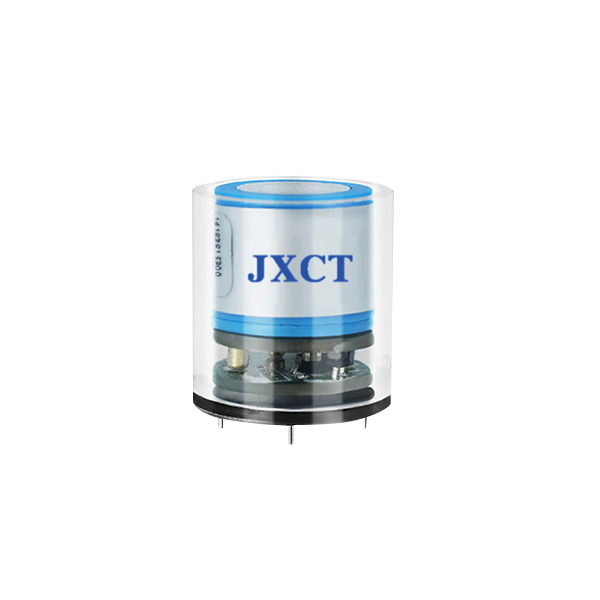Environmental monitoring is crucial for understanding and mitigating the impact of human activities on the environment. Gas sensor technology is an essential tool for environmental monitoring, allowing us to measure and track the presence of various gases in the air and water. In this article, we will explore the benefits of gas sensor technology in environmental monitoring and its applications.
How Gas Sensors Work
Gas sensors are devices that detect and measure the presence of gases in the air or water. They work by detecting changes in the electrical conductivity or optical properties of a material when it is exposed to a gas. The most common types of gas sensors are electrochemical sensors, metal oxide sensors, and infrared sensors.
Electrochemical sensors are the most widely used type of gas sensor. They work by measuring the electrical current generated when a gas interacts with an electrode. Metal oxide sensors work by measuring changes in the electrical resistance of a metal oxide material when it interacts with a gas. Infrared sensors work by measuring the absorption of infrared radiation by a gas.
Benefits of Gas Sensors in Environmental Monitoring
Gas sensors offer several benefits for environmental monitoring. Firstly, they are highly sensitive and can detect even trace amounts of gases in the air or water. This is important because some gases, such as carbon monoxide, can be lethal in small concentrations. Gas sensors can also detect a wide range of gases, including volatile organic compounds (VOCs), which can cause respiratory and other health problems.
Another benefit of gas sensors is that they are easy to use and install. They can be integrated into environmental monitoring systems or standalone air or water quality monitors. They are also relatively inexpensive, making them accessible to a wide range of users, from researchers to government agencies.
Applications of Gas Sensors in Environmental Monitoring
Gas sensors have many applications in environmental monitoring. They can be used to monitor air quality in cities, industrial areas, and other locations. They can detect pollutants from traffic, industrial emissions, and other sources. Gas sensors can also be used to monitor the quality of indoor air in homes, offices, and other buildings.
In addition to air quality monitoring, gas sensors can be used to monitor water quality in rivers, lakes, and oceans. They can detect pollutants from industrial and agricultural runoff, sewage, and other sources. Gas sensors can also be used to monitor the quality of drinking water, ensuring that it is safe for human consumption.
Gas sensors can also be used in agricultural settings to monitor the quality of soil and crops. They can detect pollutants from fertilizers, pesticides, and other sources. Gas sensors can also be used to monitor the emissions from livestock operations, helping to reduce the impact of agriculture on the environment.
Conclusion
Gas sensor technology is a vital tool for environmental monitoring, offering many benefits. Gas sensors are highly sensitive, can detect a wide range of gases, and are easy to use and install. They have many applications in air quality monitoring, water quality monitoring, and agricultural settings. By using gas sensors to monitor the environment, we can better understand and mitigate the impact of human activities on the planet.
 : +86 155 8830 2704
: +86 155 8830 2704 : jxdziot@gmail.com
: jxdziot@gmail.com
